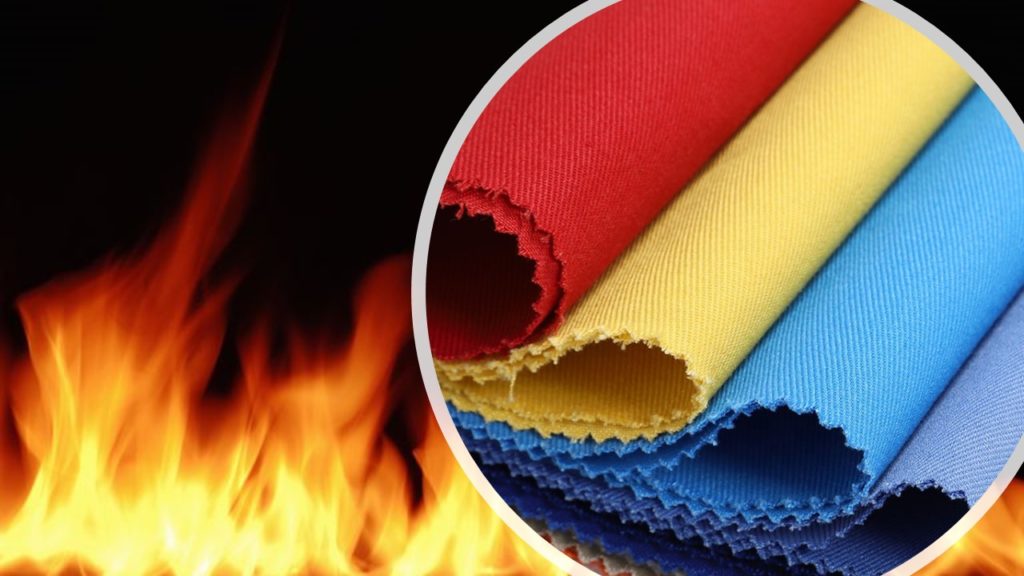Understanding materials flame tester and its impact on textile performance

A flame tester, also known as a flammability tester, is a device used to assess the flammability characteristics of materials, including textiles. It is an important tool in the textile industry to ensure compliance with safety regulations and standards. The impact of flame testing on textile performance can be summarized as follows:

1. Safety Compliance: Flame testing helps determine if a textile material meets the required safety standards, such as flame resistance, fire retardancy, or self-extinguishing properties. This is crucial in industries where textiles are used in applications that involve potential fire hazards, such as protective clothing, upholstery, or bedding.
2. Risk Mitigation: Flame testing helps identify potential fire risks associated with textile materials. By subjecting textiles to controlled flame exposure, it is possible to evaluate their ignition, flame spread, and burn rate. This information allows manufacturers to develop safer textiles and minimize the risk of fire accidents.
3. Product Development: Flame testing provides valuable feedback during the textile product development process. By assessing the flammability characteristics of different textile materials or fabric constructions, manufacturers can make informed decisions about material selection, design modifications, or the addition of flame-retardant treatments. This ensures that the final textile product meets the desired performance and safety requirements.
4. Consumer Confidence: Flame testing helps build consumer confidence in textile products. By ensuring that textiles meet flammability standards, manufacturers can provide assurance to consumers that the products they purchase are safe and reliable. This is particularly important for items like children's clothing, bedding, or home furnishings, where fire safety is a concern.

5. Legal Compliance: Flame testing is often required by regulatory bodies and standards organizations. Compliance with flammability regulations is mandatory in many countries for certain textile applications, such as children's sleepwear or automotive interiors. By conducting flame tests, manufacturers can demonstrate compliance with these regulations and avoid legal issues or product recalls.
Overall, the use of flame testing in the textile industry helps improve safety, mitigate fire risks, guide product development, build consumer confidence, and ensure legal compliance. It is an essential tool for assessing the flammability characteristics of textiles and enhancing their performance in fire-related situations.
2023-06-29 10:51


